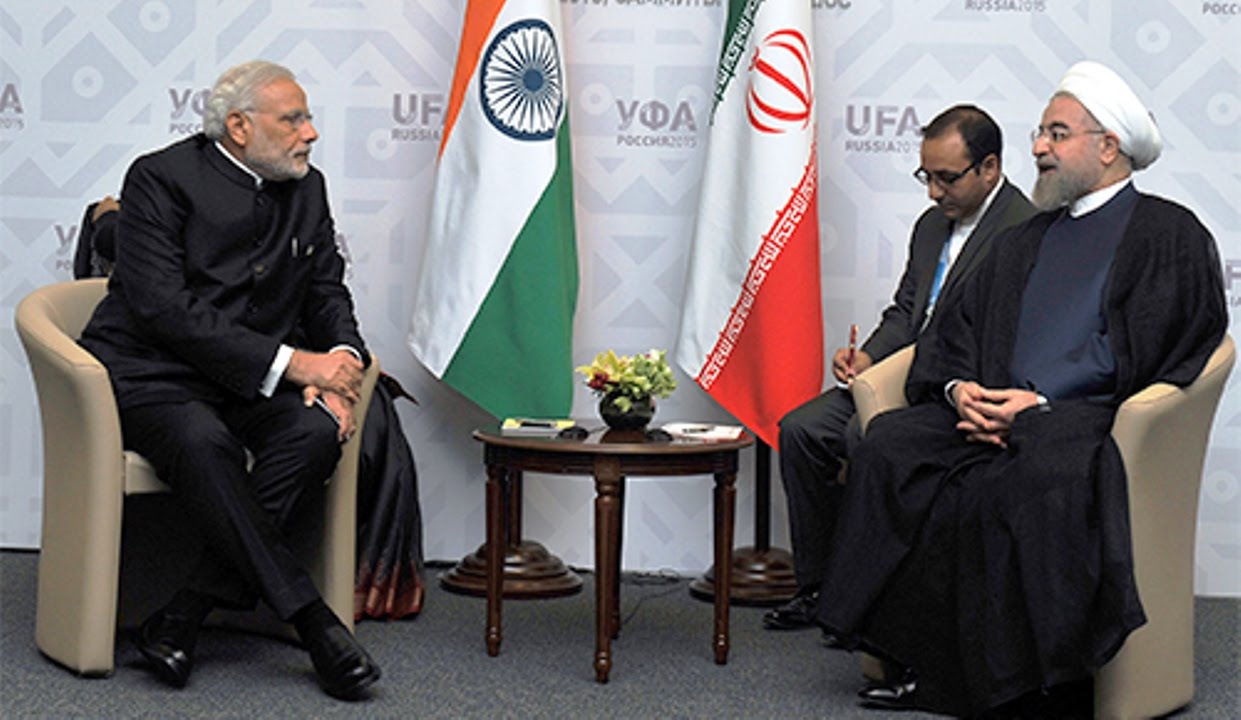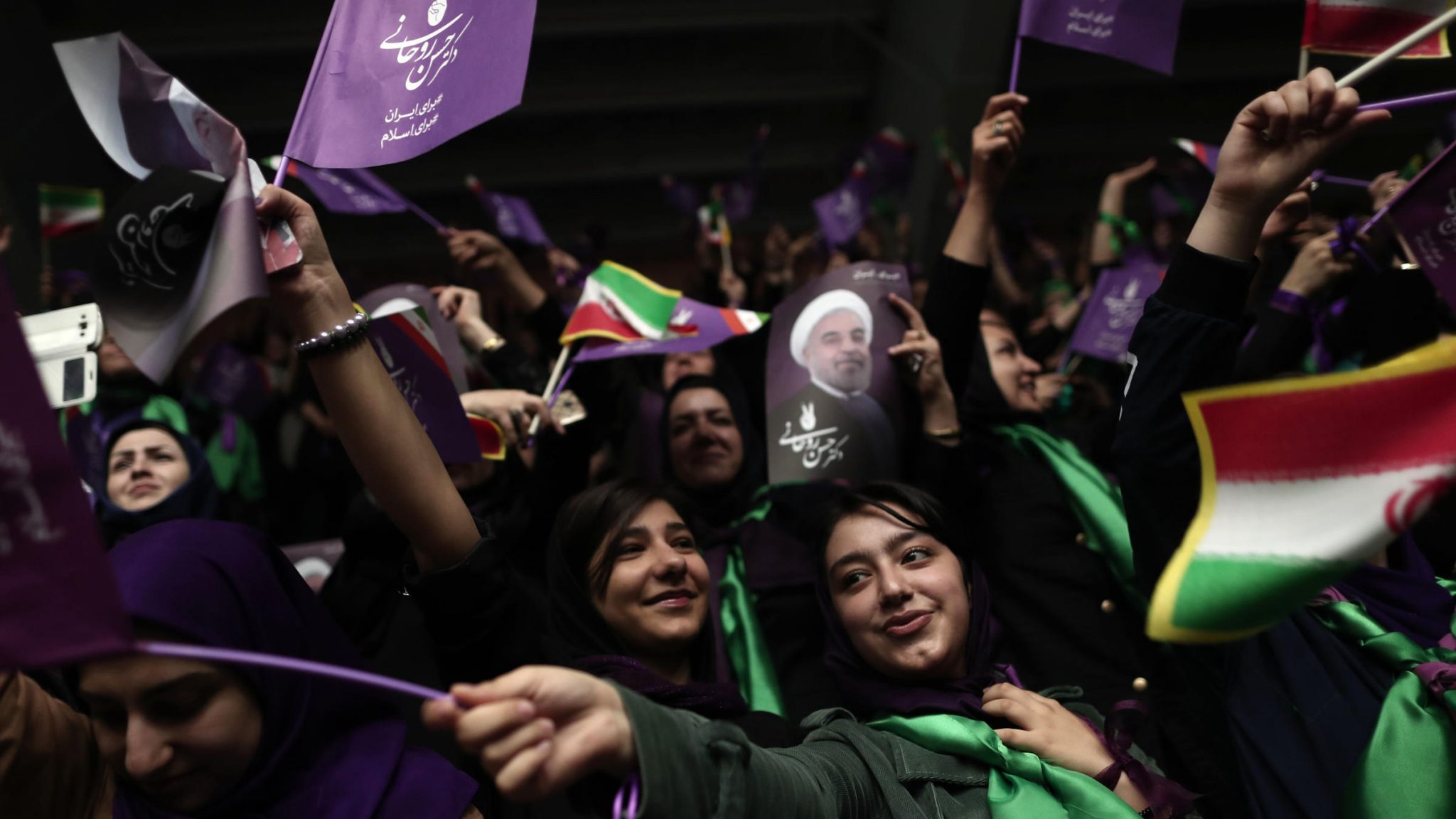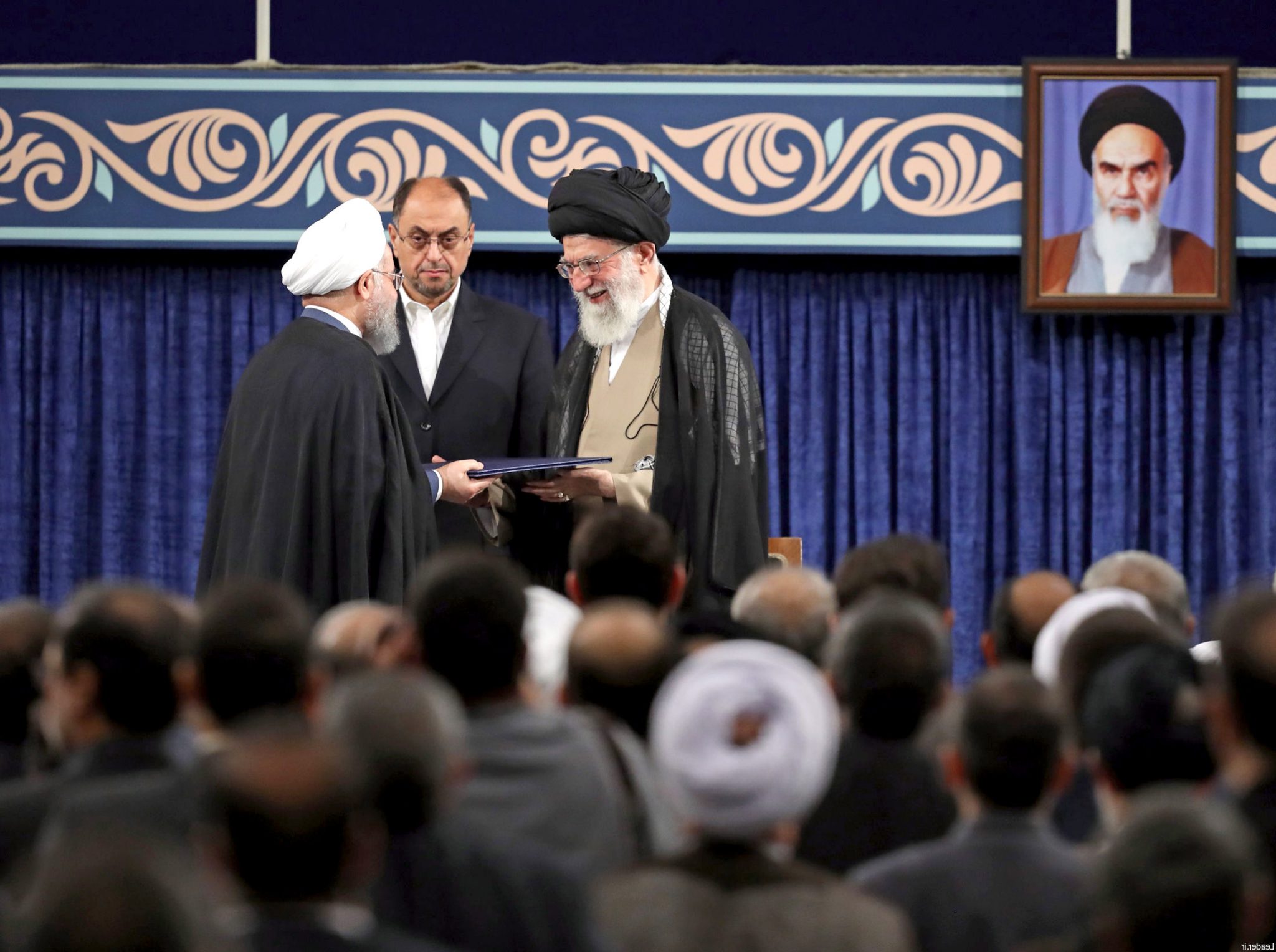
by Kabir Taneja*
Indian Prime Minister Narendra Modi is going to make one of his more important foreign sojourns this month, as he prepares to visit Iran for a two-day official visit beginning on May 22. Post-sanctions Iran has been diplomatically hectic for not just Tehran and Foreign Minister Javad Zarif, but for anyone else looking at Iran as the next big economic story.
Modi’s visit has been set up via critical stops in Tehran by his team over the past few months. Nitin Gadkari, minister for Road Transport and Highways and Shipping, Dharemndra Pradhan, minister for Petroleum and Natural Gas and Sushma Swaraj, minister for External Affairs, have also paved the way for Modi’s trip.
The Iran trip has been due for a long time now, and perhaps it is debatable that India’s importance to a post-sanctions Iran has attenuated from the level during the sanctions period itself. India-Iran relations have been governed largely by a dance led by an endemic of “Memorandum of Understanding” agreements, which have rarely led to anything concrete. New Delhi lacked the diplomatic capital, will and courage to orchestrate the creation of space in Iran when it was under sanctions and needed a partner like India. But, arguably and equally debatably, as part of the international system, New Delhi’s lack of enthusiasm in Iran during this period could be justified as realistically vigilant.
Beyond this, Iran, sanctions or not, is not an easy customer to deal with. Building fair, time-bound commercial entities with Tehran has proven to be difficult in the past, with issues such as disregard for sovereign guarantees, manipulating commodity prices at its own will, and other reoccurring issues. Recently, for example, India and Iran have been involved in a dispute over currency relating to nearly $6 billion in dues by New Delhi to Tehran. This could be resolved before Modi’s visit, setting a positive foundation for the upcoming talks.
There is at least scope for India to lay the groundwork for improved communications and relations with Iran. But what are the immediate points that Modi should consider in order to achieve real progress with Iran? Here are six that should be near the top of Modi’s list:
Chabahar Port: The long planned, and even longer delayed Chabahar Port project is perhaps the single most important pending deal between the two countries. India is now looking to attain two berthing docks at the port, to give the country an edge not only in trade with Iran but access to Central Asia and beyond as well. Chabahar is also a direct strategic competition to Gwadar in Pakistan, a port now fully operated by China. However, progress between India and Iran on the port has been lagging for years, more recently largely due to the sanctions on Iran and the following U.S. pressure on India to isolate Tehran, which resulted in Delhi voting against the then Iranian regime of President Mahmoud Ahmadinejad at the UN on an IAEA passed resolution in 2009. But with the success of the P5+1 agreement, the time is right to conclude the negotiations. India last week announced a $20 billion commitment to the development of Chabahar, looking to make it a fully compliable deep-sea port. However, the question remains, where will the money come from?
Investments in Farzad B: India was awarded the development of the Farzad B block in the Farsi gas field, and had committed $1 billion to the project. However, like other aspects of India’s economic relations with Iran, development was stalled due to the sanctions. During this period Iran exerted tremendous pressure on Delhi to fulfill its commitments. At the peak of the sanctions, as Iran’s economy suffered, Tehran looked to arm-twist India into the project by first sending a team unannounced to Delhi to deliver an ultimatum, and second, threatening to give the project away to “other friends,” referring to China. As an outcome of Pradhan’s visit to Iran, both countries are now aiming to conclude the development, financial and commercial terms by October. A concrete, designed yet cautious push by Modi at the top level could make sure of a problem-free negotiations in the coming months.
International North-South Transport Corridor (INSTC): The INSTC is a multi–modal idea to connect Indian trade with Central Asia, Eurasia and Russia. Iran plays a critical part in it, and initial discussions on the project’s feasibility and technicalities were held in Iran in 2012 with other potential players such as Azerbaijan, Turkey and Russia also taking part. Access to Central Asia via Iran is a core strategic idea in India that has so far gained little momentum. The INSTC could also be seen as a potential future counter for China’s OBOR initiative. However the keyword is “potential,” as the program is currently more appealing on paper than in practice, and is hostage to India’s economic limitations.
India–Iran gas pipeline: The India–Iran gas pipeline is a chimera, a project that makes complete sense yet is fraught with immense geopolitical and economic risks. Nonetheless, it is an idea that should get the push from New Delhi. A pipeline connecting Chabahar port via Oman and then taking the subsea route to India, while expensive, could pay major dividends to India if the right economic and political regulations and mechanisms are in place. It will also help Indian companies develop their own trans-national and inter-continental pipeline expertise, a critical component in future energy security.
Shipping lane security in the Persian Gulf: India relies heavily on imports to meet its oil and gas needs. The country gets 80 percent of its oil and nearly 55 percent of its natural gas from abroad, and a lot of that comes from West Asia. According to some accounts, South Korean President Park Geun-hye also brought up this issue as she arrived in Tehran this week. South Korea has similar concerns as an oil importer. In 2013 Iranian Navy ships berthed in Mumbai, showcasing the mutually cordial ties between the two countries. Modi needs to strengthen this aspect further.
Regional Security in West Asia: The Syrian crisis, the war in Yemen, growing instability in Iraq mixed with an oil-linked economic slowdown are all situations that along with West Asia have repercussions for India, which has more than 7 million of its citizens working in the region, mostly as laborers. The recent unrest in Saudi Arabia that erupted when more than 50,000 foreign workers were laid off in the construction industry could be a sign of times to come in the region, and India should be ready for hundreds of thousands of returning laborers if the situation worsens. New Delhi needs to remember that the Middle East is also India’s largest trading partner and contributor via remittances.
This article was written by Kabir Taneja for The Diplomat on May 9,2016. Kabir Taneja is a journalist and researcher specializing in foreign affairs, energy security and defence.



